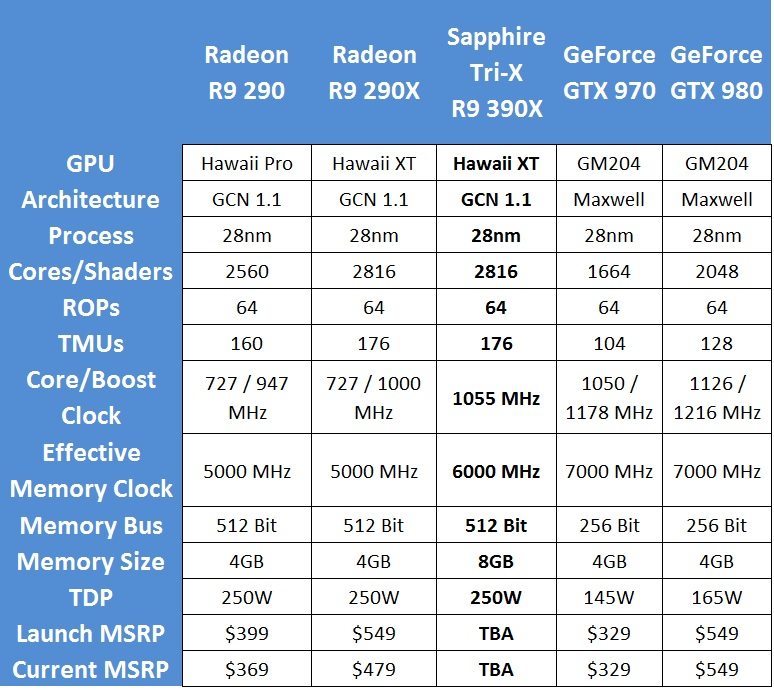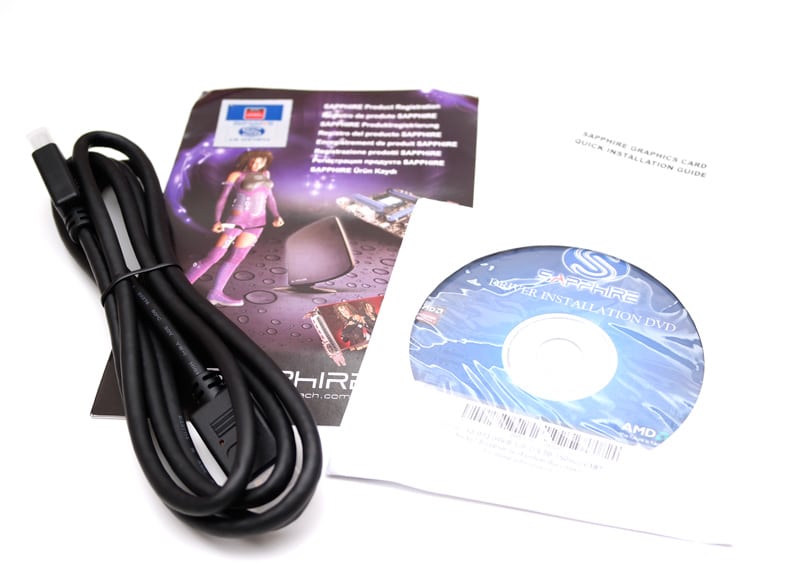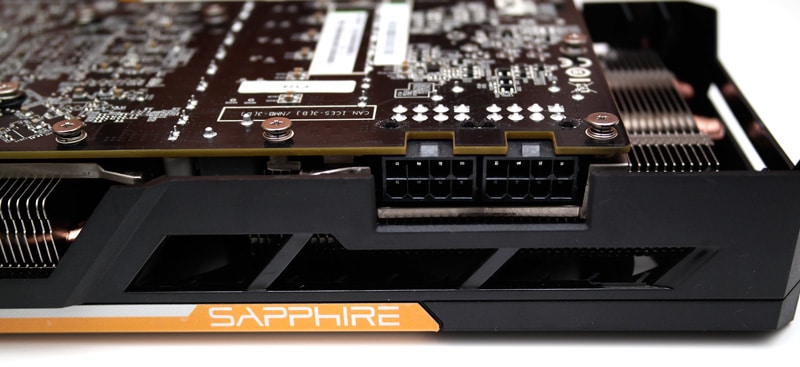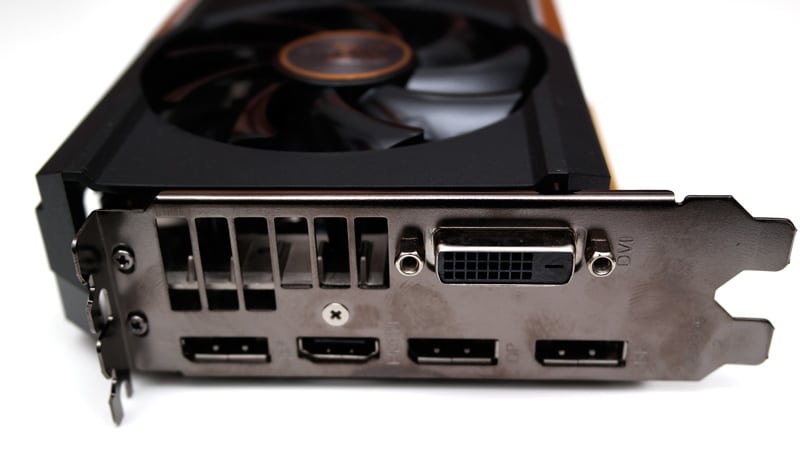Sapphire Tri-X R9 390X 8GB Graphics Card Review
Rikki Wright / 10 years ago
Introduction

Today is the day we get a taste of the new AMD R9 300 series graphics cards. The R9 300 range is the starting platform for what AMD will be supporting the Fury range due sometime in the near future. There have been some rumours surrounding the R9 300 range up to the 390X, that it will be a rebadged range; this is true. However, this has allowed AMD to fine tune the GPU and Sapphire to hand pick the best quality components to reap as much performance as possible.
Today we have the Sapphire Tri-x R9 390X 8GB. It comes from the factory as 100% DirectX12 compliant which is great for those looking at building a new computer in the new few weeks ready for Windows 10. Along with DX12, the R9 390X comes with Virtual Super Resolution, which renders up to 4K and downscales to your resolution; giving you the best visual quality without the need for an expensive monitor. We then see all of the usual features that Sapphire has bundled in with the graphics cards such as Free sync, Eyefinity and the amazing Tri-X cooler.
The R9 390X card is very similar when comparing the PCB to its older counterpart, however, small changes have been made and a new cooling shroud design has been used. Are these tweaks enough to set this graphics card apart from the R9 290X? Let’s find out.

The box is a similar design to the previous R9 290x Tri-X box, just slightly moved around and more orange detailing. Contents include an HDMI cable, sticker and the relevant manuals.

Overall the card is much sleeker than the previous design, something that I like personally. I think more people would prefer to have this in their computer than the previous design.
The PCB rear looks almost identical to that of the R9 290x. The cooling shroud just hangs over the end of the card showing the bare heat sink from below. Sadly Sapphire didn’t include a backplate with this card.

A close up on the power connectors shows the card draws power from twin 8-pin PCI power cables.

At the end of the card, we see a slightly revamped offering. Down to a single DVI port, a single HDMI and triple DisplayPorts. This allows Eyefinity through a DisplayPort MST hub.




















